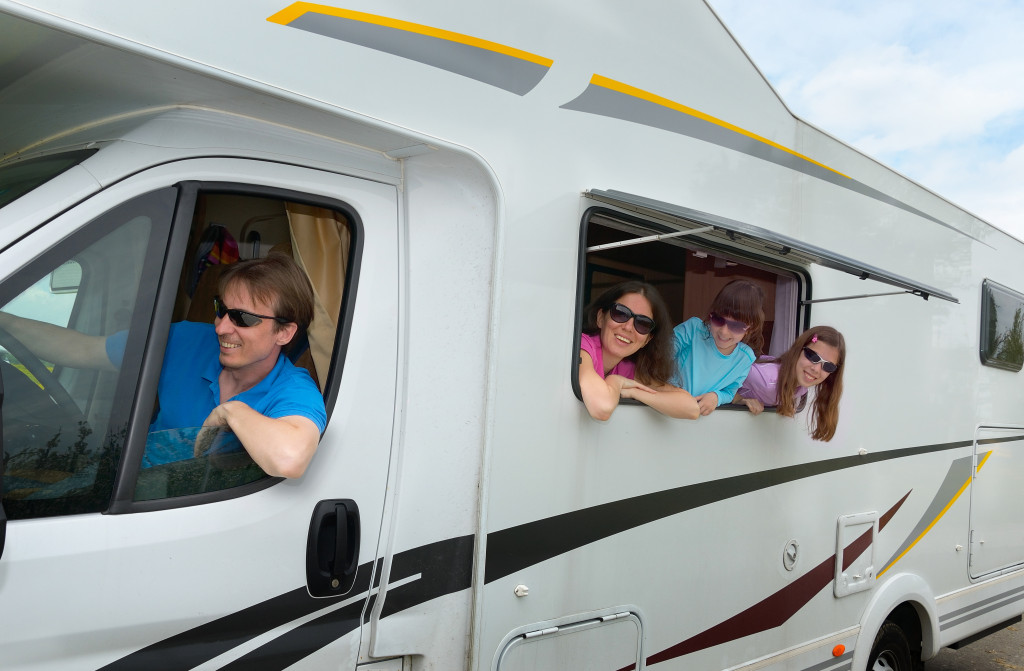We are constantly finding new ways to explore the outdoors. The recent trend of RV camping drew in a wide range of explorers. It provided a compromise between extreme outdoor backpackers and reserved personalities who want to see the world but in a relaxed, comfortable zone.
Aside from being a one-time adventure, RVing has also developed into its own kind of active lifestyle. As of 2020, approximately one million Americans live in an RV, while more than 11% of homes own one. More than half of RV adventurers carry their pets with them.
Truly, RV adventures can be an experience everyone should get to try, even for just a weekend hike.
Before you hit the road, make sure that you’re all set. Don’t forget to bring everything you’ll need: backpacking essentials, vehicle repair tools, and of course, your A-game.
Choose your adventure
Choose a destination that covers every outdoor activity you want to try. For instance, campgrounds by the Salmon River in Idaho cover both land and water hot spots, so you could ride the whitewater rapids during the morning, hike through the adjacent forests and valleys mid-day, then finish the trail with a barbecue night under the stars. The trail covers more than a 100-mile journey across one of America’s largest road-less destinations.
There are apps and websites to help you map out your itinerary. Aside from a standard travel guide, Outdooractive has a list of challenging routes for hiking, cycling, mountaineering, and more.
Check if permits are necessary
Some outdoor recreational spots need a permit to enter, such as the Kalalau Trail in Hawaii.
National parks are popular for backcountry hiking and cycling trips, so they can get crowded even during off-seasons. To contain visitors, permits are mandated for parking in areas outside the established campgrounds. Find a detailed list of requirements for your next destination at Recreation.gov.
Double-check your vehicle’s condition
Leaks are a typical downer to an otherwise fun RV trip. Be sure to check everything from the roof shields to the sewage system.
Running water keeps a household healthy and hygienic. An RV plumbing isn’t any less sophisticated than an ordinary house’s pipeline system. Like how house sinks need sewer jetting to be in optimal condition, RV plumbing needs routine drainage cleaning to ensure clear pathways.
The constant motion makes RVs susceptible to water engine damage, and there’s yet to be an engineering innovation to get around that. However, regular check-ups can easily save you the trouble.
Map out your parking spots
It’s best to map out a route that passes through safe and crowded RV parking lots for long trips off the beaten path. Visit Airbnb-type websites that connect you to a network, like Harvest Hosts and Hipcamp. If your RV is self-contained, Harvest Hosts is a membership-only program that links you to a directory of unique parking options, such as wineries and farms. Hipcamp is a more comprehensive resource for all outdoor stays.
For city-bound routes, supermart parking lots are a convenient place to spend the night.
Most importantly, make sure you are in perfect shape

Stick to a pre-adventure fitness regimen at least a week before the trip. You can invest in all the right gear, but there’s no better preparation than being in your best state.
Here are some things you can do to prepare your body for an outdoor expedition.
1. For general activities: do any aerobic exercise. Aerobic exercises are focused on cardiovascular conditioning. Some examples are cycling, walking, and using the jumping rope. The American Heart Association recommends at least 30 minutes of cardio exercise five to seven days a week.
To conquer the great outdoors, you will need cardiovascular stamina to maximize your body’s capacity to absorb oxygen.
2. For hiking: try deadlifts and downhill lunges. Tone your hamstring muscles through deadlifts, either with a single kettlebell or a pair of barbells.
Meanwhile, downhill lunges prepare you for steep descents and other strenuous strains to your quads.
3. For riding the rapids: do any core workout. The upper body and core muscles work the most when you row against strong and fast currents. Train these muscle groups with push-ups or chest presses for at least 10 minutes a day.
Disconnect and breathe in the whole ride
The great outdoors stimulates your physical and mental health. Being on the road exposes you to new sights and sounds. Take in as much as you can. Make every moment count, from the adrenaline rushes to the downtime on the way to the next hot spot.

